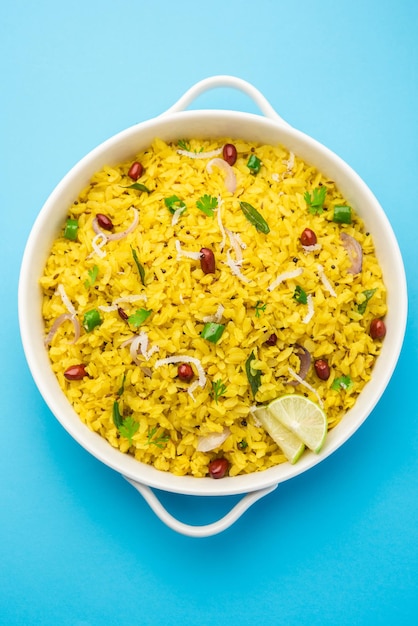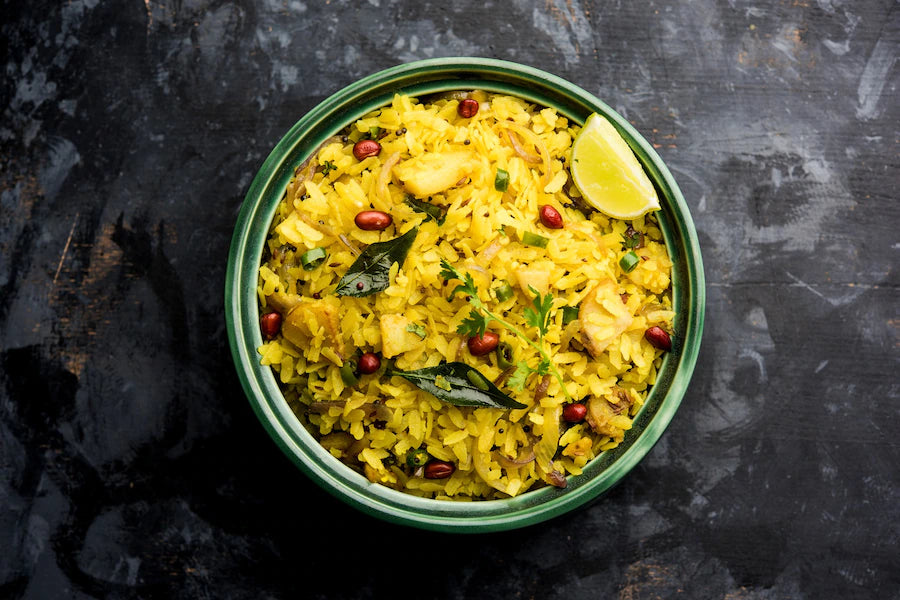The Glycemic Index is basically a measurement system for foods that contain carbohydrates. Carbohydrates are vital as they contain sugars, starches and fibres. Our body converts carbohydrates into glucose (sugar) to provide energy. Glycemic Index denotes how much a particular type of food increases blood sugar levels. The GI has a scale from 0-100 to rank the foods.
It is a good thing that everyone is becoming increasingly aware of the nutritional aspects of the food they eat. Nowadays, people also prefer to buy organic food as it is natural, chemical-free and healthy. With the epidemic of diabetes and obesity, we all are making sure we don’t consume excessive sugar from our foods. However, it is also important to know a term called ‘The Glycemic Index (GI)’ if you want to maintain optimum sugar levels in your blood and control Diabetes.
Image Source: Glycemic Index & Diabetes: Is Low Glycemic Diet Good for Diabetics? (diabetesselfcaring.com)
Here is the GI scale for foods:
Low: 55 or less
Medium: 56-69
High: 70 or above
As you can see from the above scale, it’s ideal to eat foods that have a low glycemic index.
Brown Rice Flakes (Desi Poha) v/s Red Rice Flakes (Red Poha):
Brown rice flakes are more nutrient-dense than red rice flakes due to their low GI, higher fiber and nutrient content, but red rice flakes are more widely used in Indian cuisine due to their softer texture and versatility in different dishes.
Brown rice flakes are made by rolling whole grain brown rice into thin flakes. They retain the bran and germ of the rice, which makes them a good source of fiber and nutrients such as B vitamins and minerals.
They have a chewy texture and a nutty flavor, and are typically used in dishes such as idli and dosa, which are popular South Indian breakfast dishes.

Red rice flakes, on the other hand, are made by parboiling rice and then rolling it into thin flakes. The parboiling process removes the outer husk and some of the bran, which gives red rice flakes their distinctive reddish color. Red rice flakes have a softer, more delicate texture than brown rice flakes, and are used in a variety of dishes including savory snacks, sweet treats, and main meals.
Organic foods such as Brown Rice Flakes and Red Rice Flakes have a low GI and therefore, don’t increase the sugar levels drastically. Moreover, Poha is high in nutrition as it provides vitamins, minerals and various other elements necessary to our health.
If you are keen to eat healthy food and looking to buy organic food online, Conscious Food’s Desi Poha and Red Poha are your best choices. It is your perfect breakfast companion.
Nutritional Benefits of Poha:
- Desi and Red Poha are rich in essential minerals: Zinc, Iron and Potassium. These minerals help in holistic health. Zinc helps in immunity and metabolism, Iron is necessary for growth and Potassium benefits the fluid balance.
- It contains fibres and antioxidants: Fibre is crucial for healthy bowel movements, while antioxidants prevent cells from inflammation.
- Poha has a low Glycemic Index: Thereby reducing sugar levels helps in diabetic conditions and provides cardiac health. Moreover, Poha releases sugar slowly into the bloodstream so there is no drastic rise in blood sugar.
Poha has been one of the favourite breakfast and snack recipes in India for centuries. We understand its nutritional value and therefore, we, at Conscious Food offer two types poha, Desi Poha and Red poha for our customers.
Understanding more about GI
The GI, is a measurement that determines how much certain foods affect blood sugar levels. The glycemic index (GI) measures how quickly carbohydrates are broken down into glucose (a type of sugar) that enters the bloodstream after consumption. The faster this happens, the higher the GI value. Those with diabetes can use this to manage their blood sugar levels by eating foods with lower GI values. Several factors influence a food's glycemic index, including nutrient composition, ripeness, cooking method, and amount of processing. In that, a low glycemic diet may provide several health benefits, including balancing blood sugar levels, lowering cholesterol, and increasing short-term weight loss.
The glycemic index can help you not only be more aware of what you're putting on your plate, but it can also help you lose weight, lower your blood sugar levels, and your cholesterol. Several factors influence a food's glycemic index, including its nutrient composition, cooking method, ripeness, and amount of processing.
A low glycemic diet may provide several health benefits, including:
-
Improved blood sugar control
A low GI diet has been shown in numerous studies to lower blood sugar levels and improve blood sugar management in people with type 2 diabetes. -
Aids weight loss
According to some studies, following a low GI diet may increase short-term weight loss. More research is needed to see how it affects long-term weight management. -
Helps in reducing cholesterol
A low GI diet may help lower total and LDL (bad) cholesterol levels, both of which are risk factors for heart disease.
Taking a deep dive into the GI history of Poha
Poha, also known as chivda, has long been a popular breakfast item in many parts of India. It provides an excellent and energizing start to the day. This delicious breakfast item is not only simple to make, but is also high in iron and carbs, and low on the glycemic index.
The GI value of poha ranges between 38 and 64, which is lower compared to other types of rice in general because its starch granules are less refined than those found in white or brown rice, which means they break down more slowly in our digestive system. As a result, the body is able to regulate blood glucose levels more easily, without having to worry as much about high blood sugar spikes.
Now we know that poha is the best combination of yumminess and good health. With multiple health benefits and a burst of flavours for the Indian palette, a plate of poha can do a lot more than just satiate your hunger!
Conclusion
The Glycemic Index is basically a measurement system for foods that contain carbohydrates. Carbohydrates are vital as they contain sugars, starches and fibres. Our body converts carbohydrates into glucose (sugar) to provide energy. The GI has a scale from 0-100 to rank the foods. Conscious Food's Desi Poha and Red Poha are your best choices.
Organic foods such as Brown Rice Flakes have a low GI and therefore don't increase the sugar levels drastically. Also, Poha releases sugar slowly into the bloodstream so there is no drastic rise in blood sugar. Poha, also known as chivda, has long been a popular breakfast item in many parts of India. The GI value of poha ranges between 38 and 64, which is lower compared to other types of rice in general because its starch granules are less refined.







